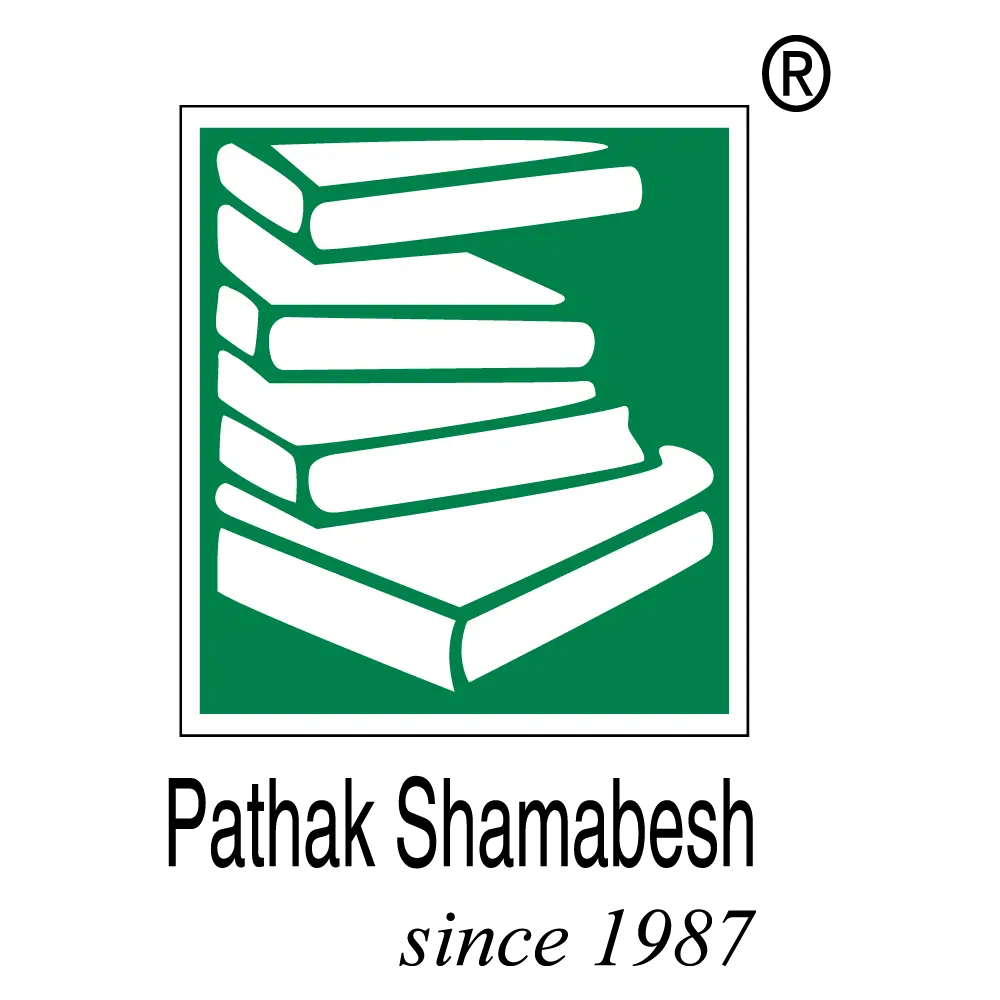Dalai Lama
Dalai Lama The 14th Dalai Lama (spiritual name Jetsun Jamphel Ngawang Lobsang Yeshe Tenzin Gyatso, known as Tenzin Gyatso, known as Gyalwa Rinpoche to the Tibetan people, is the current Dalai Lama. He is the highest spiritual leader and former head of state of Tibet. He was born on 6 July 1935, or in the Tibetan calendar, in the Wood-Pig Year, 5th month, 5th day. He is considered a living Bodhisattva, specifically, an emanation of Avalokiteśvara in Sanskrit and Chenrezig in Tibetan. He is also the leader and a monk of the Gelug school, the newest school of Tibetan Buddhism,[8] formally headed by the Ganden Tripa. The central government of Tibet, the Ganden Phodrang, invested the Dalai Lama with temporal duties until his exile in 1959. On 29 April 1959, the Dalai Lama established the independent Tibetan government in exile in the north Indian hill station of Mussoorie, which then moved in May 1960 to Dharamshala, where he resides. He retired as political head in 2011 to make way for a democratic government, the Central Tibetan Administration. The Dalai Lama travels worldwide to give Tibetan Mahayana and Vajrayana Buddhism teachings, and his Kalachakra teachings and initiations are international events. He also attends conferences on a wide range of subjects, including the relationship between religion and science, meets with other world leaders, religious leaders, philosophers and scientists, online and in person. His work includes focus on the environment, economics, women's rights, nonviolence, interfaith dialogue, physics, astronomy, Buddhism and science, cognitive neuroscience, reproductive health and sexuality. The Dalai Lama was awarded the Nobel Peace Prize in 1989, and the US Congressional Gold Medal in 2006. Time magazine named the Dalai Lama one of the "Children of Mahatma Gandhi" and Gandhi's spiritual heir to nonviolence.






